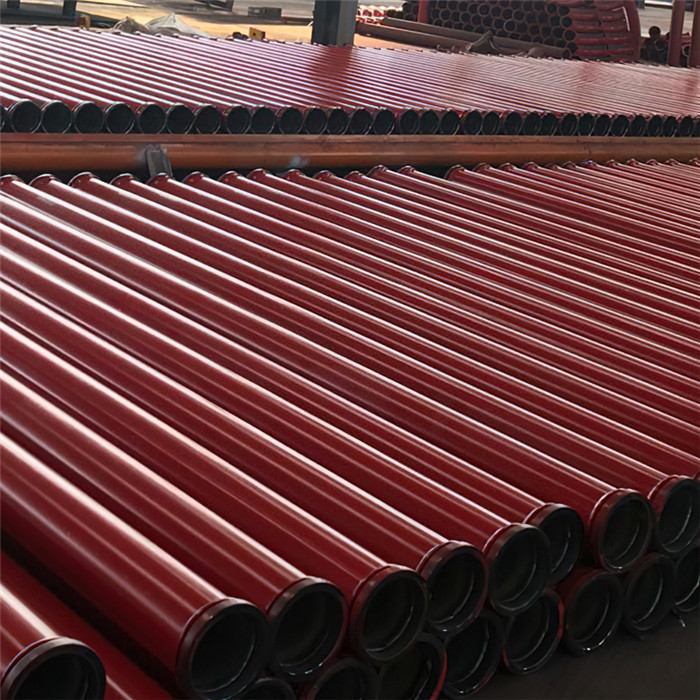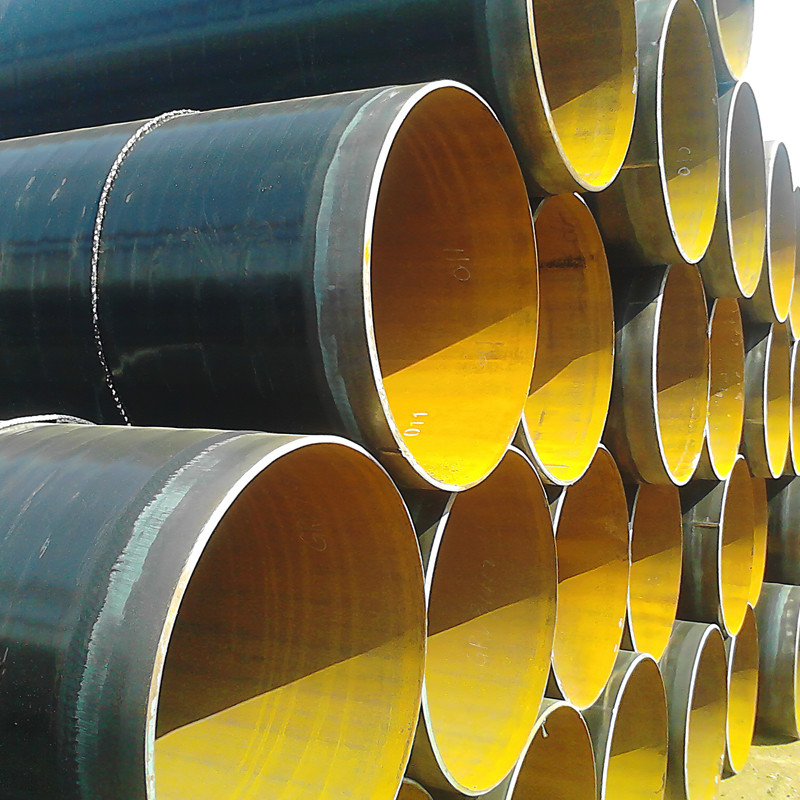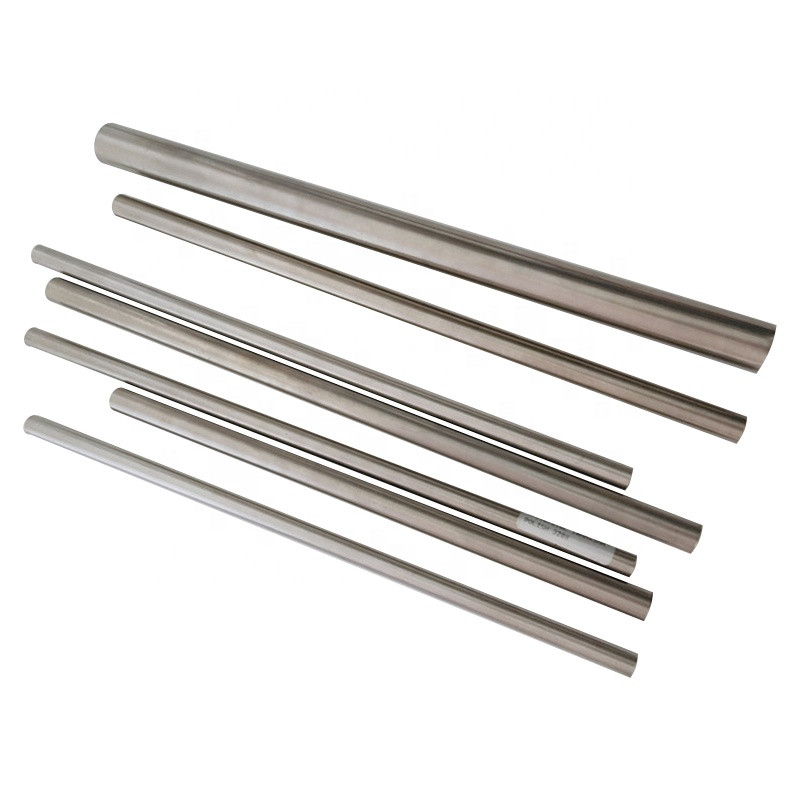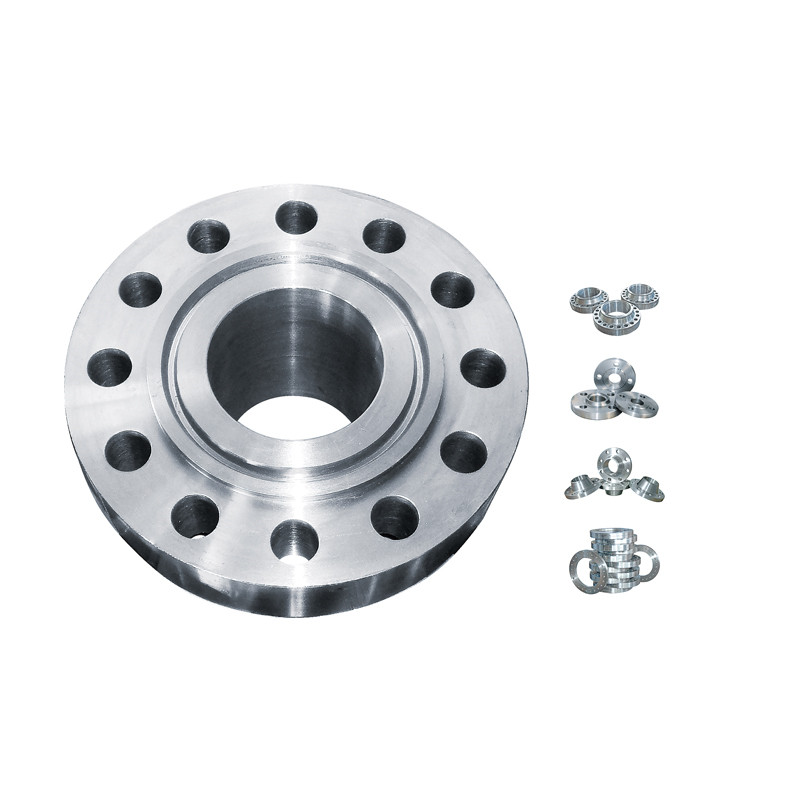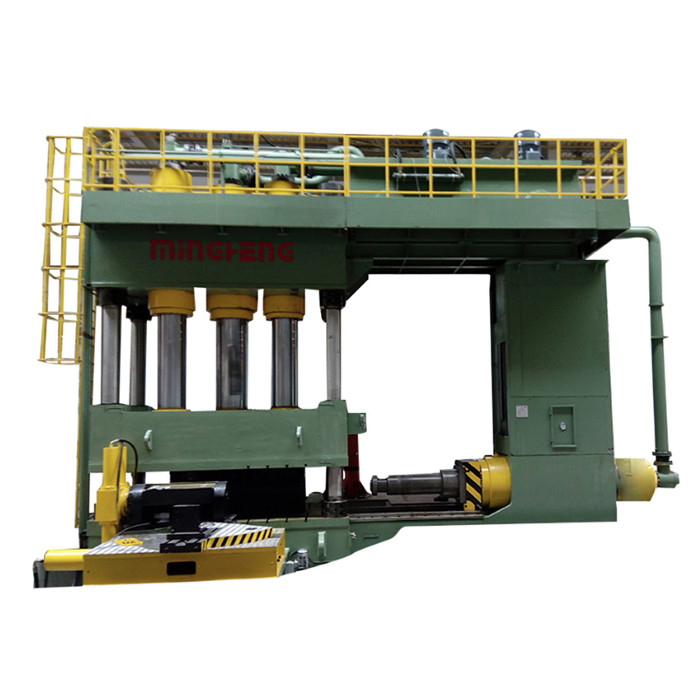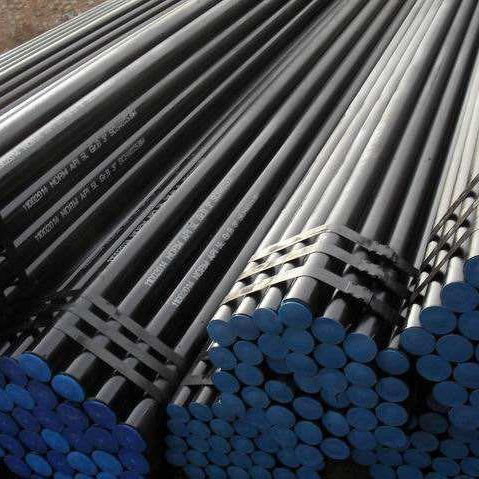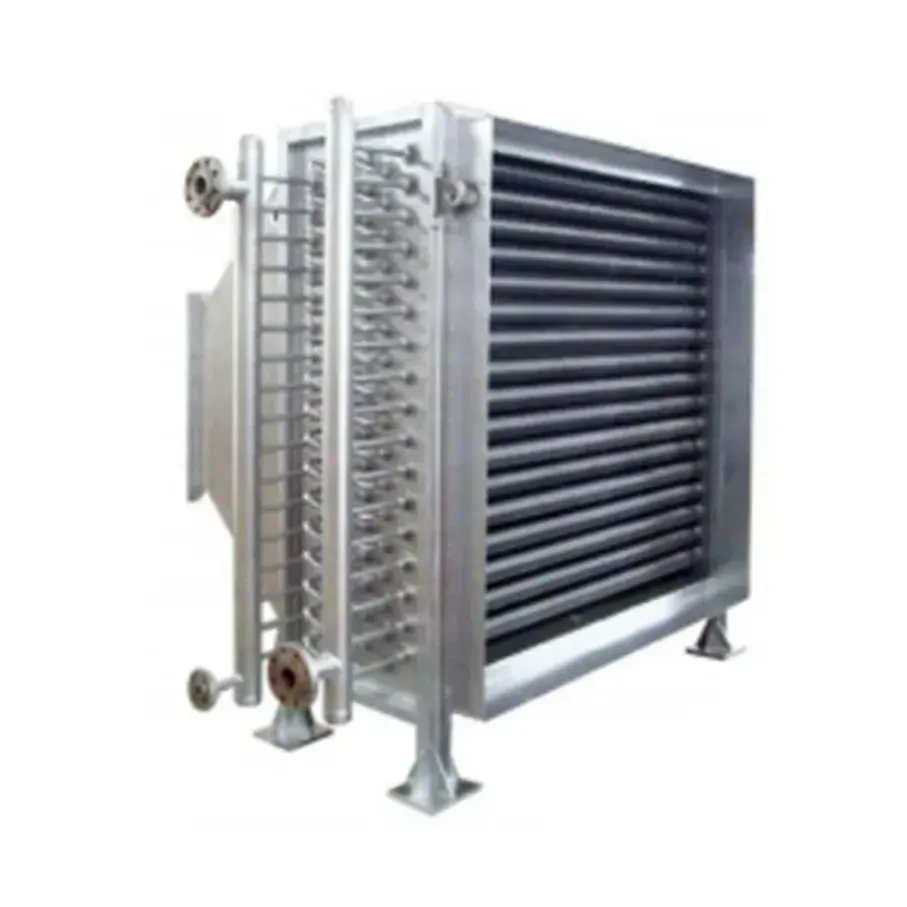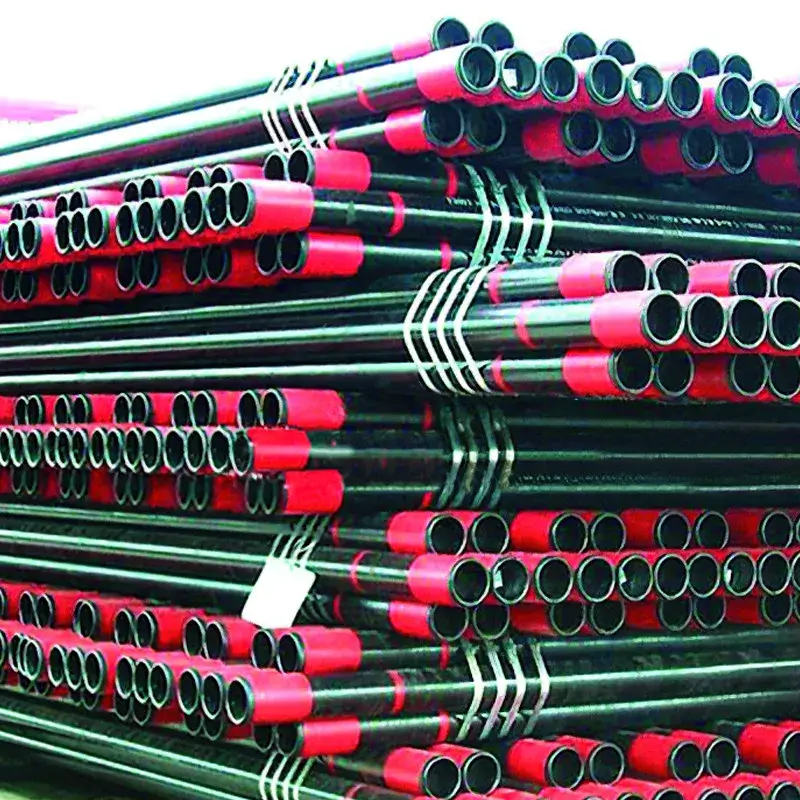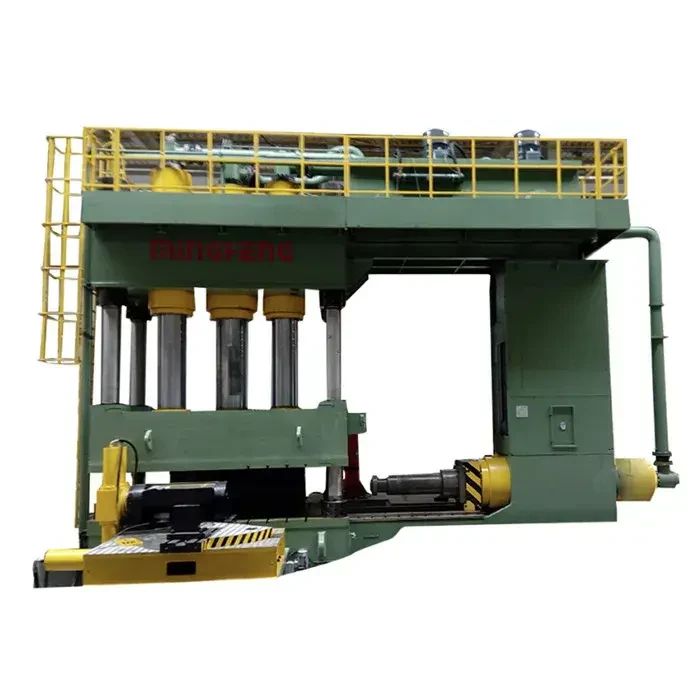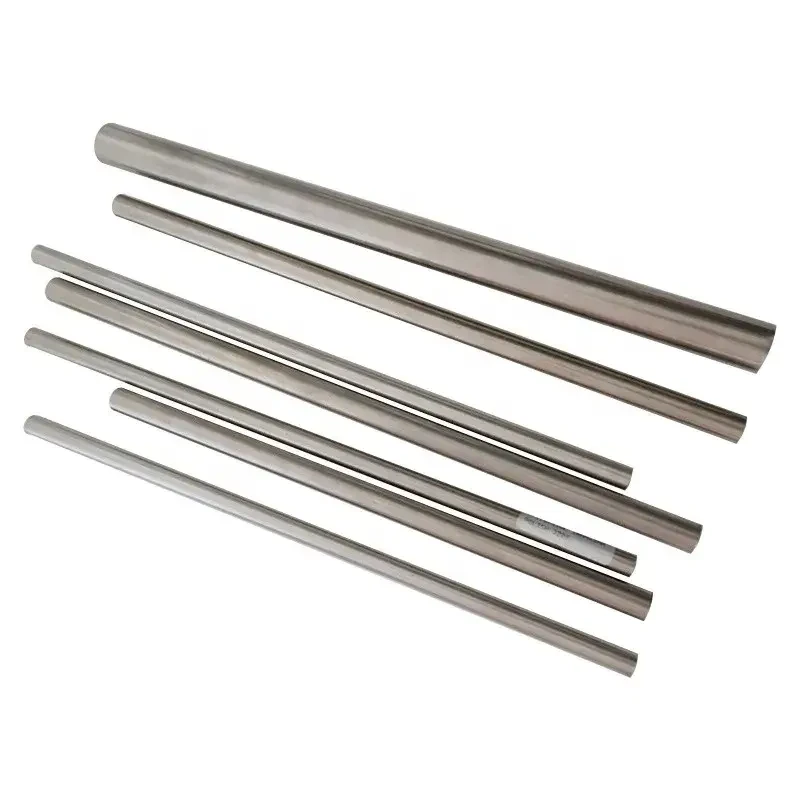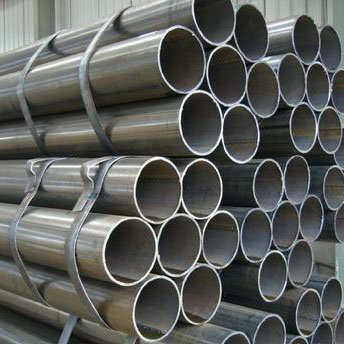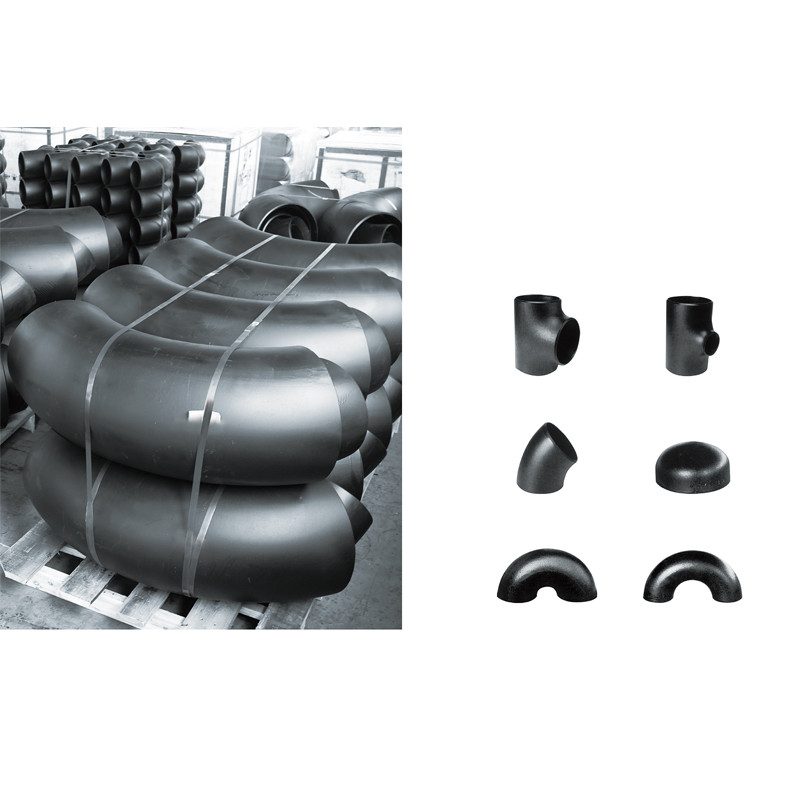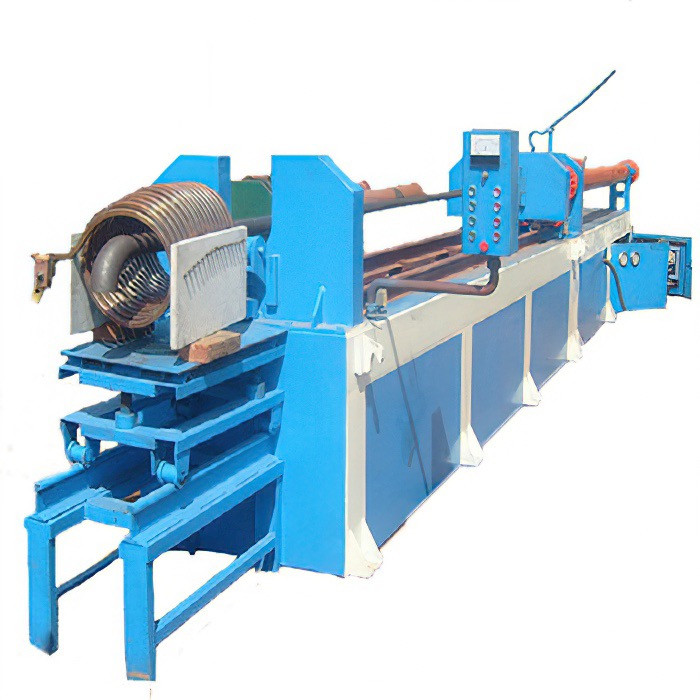
热交换器管
热交换器管
热交换器
标准
日本工业标准G3461
日标G3462
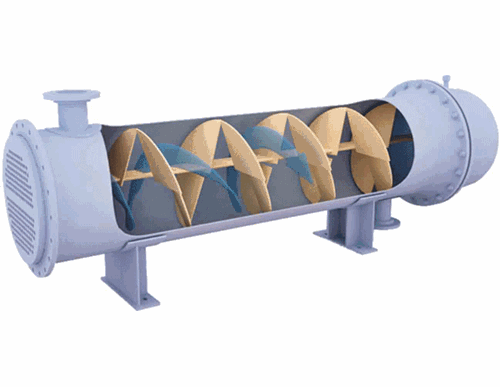
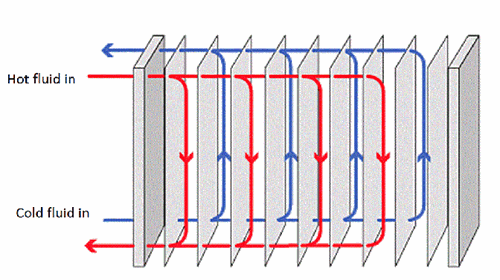

应用
用于锅炉、热交换器内外管
主要钢管牌号
STB340、STB410、STB510、STBA12、STBA13、STBA20、STBA22、STBA24、
Heat exchangers are used to transfer heat from one medium to another. These media may be a gas, liquid, or a combination of both. The media may be separated by a solid wall to prevent mixing or may be in direct contact. Heat exchangers can improve a system’s energy efficiency by transferring heat from systems where it is not needed to other systems where it can be usefully used.
例如,发电用燃气轮机排气中的废热可以通过热交换器转移到烧开水上,从而驱动蒸汽轮机产生更多的电力(这是联合循环燃气轮机技术的基础)。
热交换器的另一个常见用途是利用流出系统的热流体的热量预热进入加热工艺系统的冷流体。这减少了将流入流体加热到工作温度所需的能量输入。
热交换器的具体应用包括:
利用较热流体的热量来加热较冷的流体
通过将热流体的热量转移到较冷的流体来冷却热流体
利用较热流体的热量将液体煮沸
沸腾液体,同时冷凝较热的气态流体
利用冷却流体冷凝气态流体
热交换器内的流体通常流动迅速,以促进通过强制对流传递热量。这种快速流动会导致流体的压力损失。热交换器的效率是指它们相对于它们产生的压力损失的传热效果。现代热交换器技术最大限度地减少了压力损失,同时最大限度地提高了传热效果,并满足了其他设计目标,如承受高流体压力、抗污和腐蚀以及允许清洁和维修。
To utilize heat exchangers efficiently in a multi-process facility, heat flows should be considered at a systems level, for example via 'pinch analysis’ [Insert link to Pinch Analysis page]. Special software exists to facilitate this type of analysis, and to identify and avoid situations likely to exacerbate heat exchanger fouling



